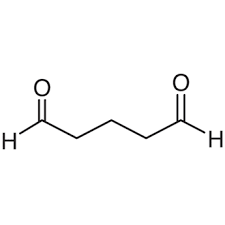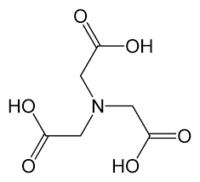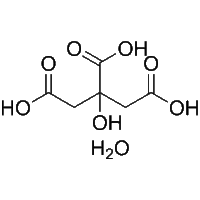
Gluturaldehyde
What is Glutaraldehyde?
Glutaraldehyde is a chemical compound that has found extensive use in various industries and applications. It is an organic compound with the molecular formula C5H8O2 and is known for its biocidal properties and ability to cross-link proteins. This colorless liquid has a sharp, pungent odor and is highly soluble in water. Glutaraldehyde has gained recognition for its effectiveness in disinfection, sterilization, and preservation processes.
Applications of Glutaraldehyde
- Medical and Healthcare: Glutaraldehyde is commonly used in healthcare settings for the sterilization of medical equipment, such as endoscopes, surgical instruments, and dialysis machines. Its ability to destroy bacteria, viruses, and spores makes it a vital tool in preventing healthcare-associated infections.
- Tissue Fixation: In histopathology and anatomical pathology laboratories, glutaraldehyde is used for tissue fixation. It helps preserve biological specimens, allowing for detailed examination and research.
- Water Treatment: Glutaraldehyde is used to control biological growth in water systems, such as cooling towers and industrial water treatment plants. It prevents the formation of biofilms and microbial contamination.
- Oil and Gas Industry: In the oil and gas sector, it is utilized as a biocide to control microbial growth in drilling fluids, pipelines, and storage tanks.
- Leather Tanning: Glutaraldehyde is employed in leather tanning processes to cross-link collagen fibers, resulting in durable and high-quality leather products.
- Disinfectants: It is an active ingredient in certain disinfectant formulations used in hospitals and laboratories to decontaminate surfaces and equipment.
- Preservation: Glutaraldehyde is used to preserve anatomical specimens, animal specimens, and museum artifacts by preventing decay and microbial degradation.
Glutaraldehyde: Benefits
The widespread use of glutaraldehyde can be attributed to several key benefits:
- High Efficacy: Glutaraldehyde is highly effective against a broad spectrum of microorganisms, including bacteria, viruses, and fungi.
- Rapid Action: It acts quickly to destroy pathogens, making it a reliable choice for sterilization and disinfection processes.
- Cross-Linking Agent: Its ability to cross-link proteins is valuable in preserving tissues and preventing their degradation.
- Chemical Stability: Glutaraldehyde remains stable even in the presence of organic materials and is not easily deactivated.
- Low Corrosivity: Unlike some other disinfectants, it has low corrosive properties, making it suitable for use on various materials and surfaces.
How Glutaraldehyde is Made
The synthesis of glutaraldehyde involves the oxidation of the saturated hydrocarbon pentane using a process known as ozonolysis. This process results in the formation of glutaraldehyde, which is then purified and stabilized. The final product is typically sold as an aqueous solution with varying concentrations.
In conclusion, glutaraldehyde is a versatile chemical compound with a wide array of applications, ranging from healthcare to industrial processes. Its effectiveness in disinfection, sterilization, and preservation has made it an essential tool in various fields. Understanding its benefits and production process highlights its significance in maintaining hygiene, preserving specimens, and ensuring the safety of medical equipment and industrial systems.
Where can I buy Gluturaldehyde in Europe ?
Contact us for Gluturaldehyde availability and prices



